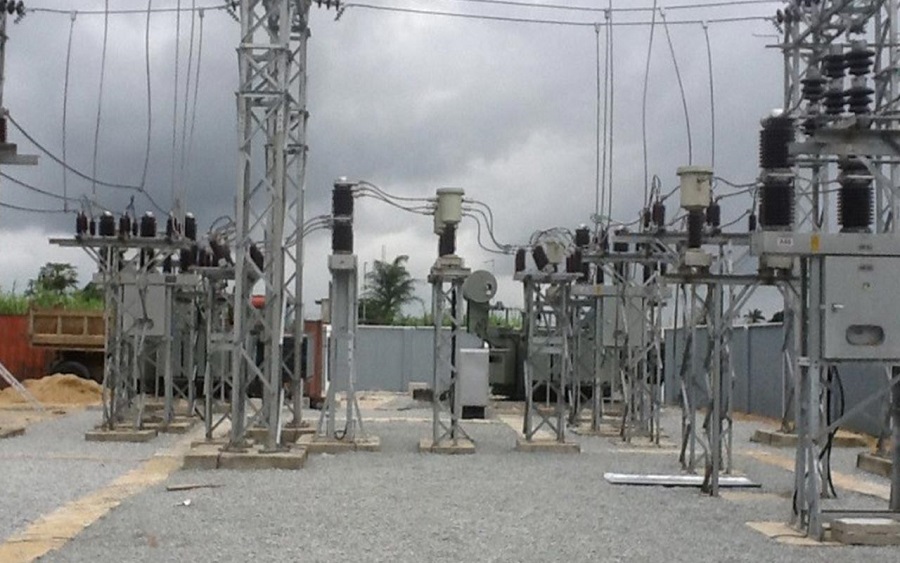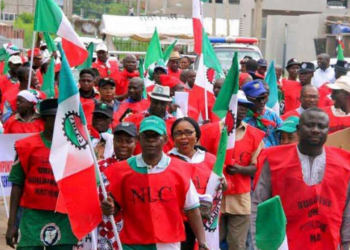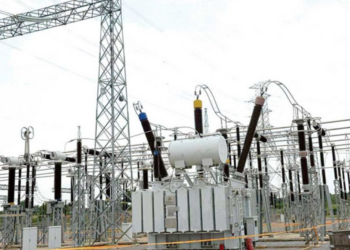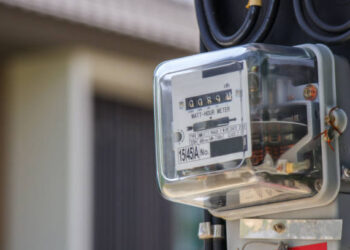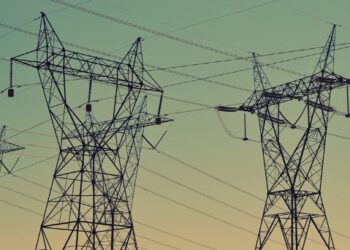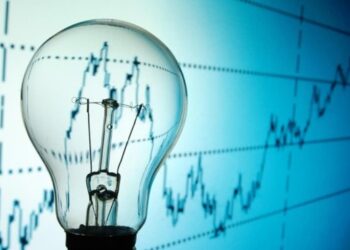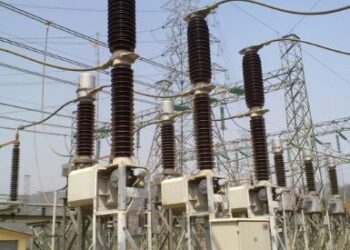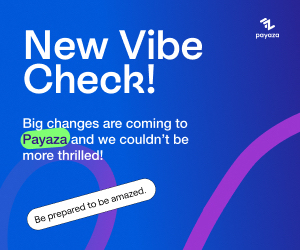A report by the Association of Nigerian Electricity Distributors has shown that the Distribution Companies (DisCos) in Nigeria recorded 8% growth in their revenue collection in 2019. The eleven DisCos grossed N473 billion in 2019.
The growth in the DisCos revenue compared to that of 2018 is reportedly a new high in the electricity industry, having recorded a growth of N35 billion last year to hit N473 billion. Also, the DisCos set another record in December 2019 after collecting about N42.1 billion, while the collection efficiency for the fourth quarter set a new record of 71.4%.

DisCos disappointed by transmitted energy: Despite the revenue growth, much was not recorded in the energy transferred by the Transmission Company of Nigeria (TCN). The DisCos said energy had been flat, low and far from what they had been promised by the Nigerian Electricity Regulatory Commission (NERC) under the Multi-Year Tariff Order financial model.
“In the last minor review of December to January, NERC dropped its previous projection for 2020 from 123,000 megawatt-hour per day down to 96,000 MWh/day (an almost 30 per cent downward review), which is the main reason for increasing the forecasted tariff shortfall for 2020 to N534 billion (N426 billion compared to 2019 June’s minor review).
“The number of registered end-users in the Nigerian electricity supply industry keeps increasing, currently at a rate of about 75,000 new customers per month (10 per cent in 2019, resulting in more than 9.5 million customers in total),” as quoted in a Punch report.
[READ MORE: Tariff hike: Unmetered customers will be exploited by DisCos, FCCPC alleges)
According to the report, the energy transmitted by TCN only increased by 1% while the allowed end-user tariff remained at an average of N32.5 per kilowatt-hour average since 2016. It was disclosed that the transmitted energy last year increased from 26,385 gigawatt-hours in 2018 to 26,630 gigawatt-hours, and the energy billed rose to 21,702 GWh (an equivalent of N695 billion) from 20,852 GWh (N662 billion).
“The aggregate technical, commercial and collection loss (moving average) keeps improving and it is now at 44.6 per cent, although it is still far from Ikeja Electric’s new record (22% in December 2019).
“Nevertheless, a few Discos are showing symptoms of fatigue in their ATC&C loss reductions, with a Disco deteriorating by a moving average of 4.7 points in 2019. Hopefully, this situation will revert soon and will not follow the path of Yola Electricity Distribution Company.”
Nairametrics had reported that the Federal Government took over Yola Electricity Distribution Company after insecurity in the North-East region forced the core investor to declare a force majeure. The government has now put the firm up for sale. Yola DisCo has been projected to end the year with 70% in ATC&C losses, having not been in control of its ATC&C losses for the last three years.
Meanwhile, with almost 59.4% of the end-users unmetered, the DiscCs complained that the delays/barriers in the implementation of the Meter Asset Provider Regulation were expanding the metering gap.

